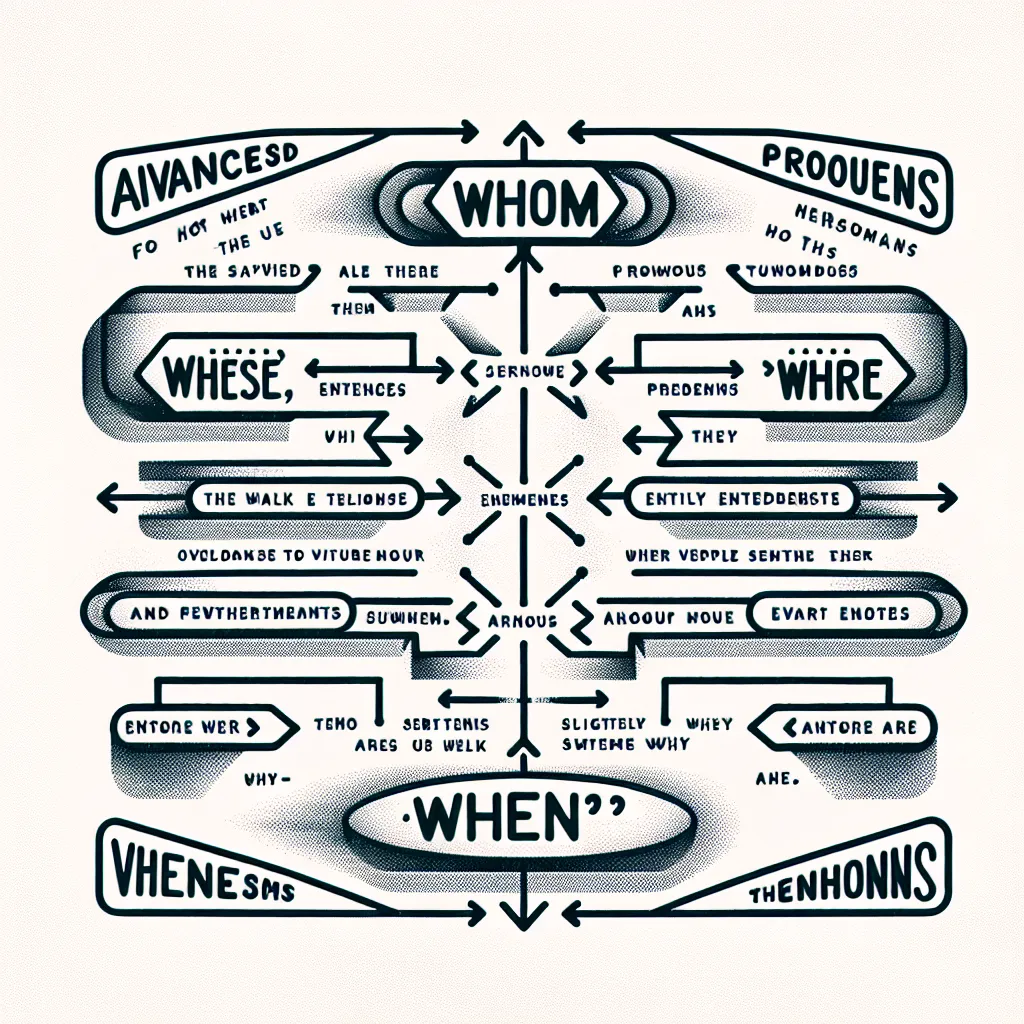Learning English grammar in context is a powerful approach that can significantly enhance your language skills. By studying grammar within real-life situations and authentic materials, you can better understand how language works in practice and improve your ability to use it effectively. This guide will explore various strategies and techniques to help you master English grammar through contextualized learning.
Understanding the Importance of Context in Grammar Learning
Grammar rules can often seem abstract and confusing when studied in isolation. However, when you learn grammar in context, you see how these rules are applied in real-world communication. This approach helps you:
- Understand the practical use of grammar structures
- Remember rules more easily through association with familiar situations
- Develop a more natural feel for the language
- Improve your overall communication skills
 Learning English grammar in context
Learning English grammar in context
Effective Strategies for Learning Grammar in Context
1. Extensive Reading
Reading extensively is one of the best ways to expose yourself to grammar in context. Choose materials that interest you and are slightly above your current level.
- Fiction books: Novels and short stories provide excellent examples of grammar in narrative contexts.
- News articles: These offer real-world examples of formal and informative language use.
- Blogs and online forums: These can expose you to more casual, everyday language use.
As you read, pay attention to how grammar structures are used to convey meaning. Learn more about using English media for language improvement to enhance your reading experience.
2. Active Listening
Listening to English speakers in various contexts can help you internalize grammar patterns:
- Podcasts: Choose topics that interest you and listen for grammar structures.
- TV shows and movies: Pay attention to how characters use grammar in different situations.
- News broadcasts: These provide examples of more formal language use.
Try to identify specific grammar points you’ve been studying and note how they’re used in natural speech.
3. Contextual Grammar Exercises
Instead of traditional fill-in-the-blank exercises, look for activities that present grammar in realistic scenarios:
- Cloze passages: Complete texts with missing words based on context.
- Error correction in context: Identify and correct grammar mistakes in longer passages.
- Sentence transformation: Rewrite sentences to convey the same meaning using different grammar structures.
These exercises help you think about grammar as a tool for communication rather than a set of rigid rules.
Practical Examples of Learning Grammar in Context
Let’s look at some specific examples of how you can learn grammar structures in context:
Present Perfect Tense
Instead of memorizing rules, consider this contextual example:
“I’ve lived in New York for five years. During this time, I’ve visited many museums and I’ve tried countless restaurants. However, I still haven’t seen a Broadway show.”
In this context, you can see how the present perfect is used to talk about experiences and actions that started in the past and continue to the present.
Conditional Sentences
Consider this real-life scenario:
“If it rains tomorrow, we’ll have to cancel the picnic. In that case, we could go to the cinema instead. But if the weather is nice, we’ll definitely go to the park.”
This example shows how different types of conditionals are used to express varying degrees of possibility and their consequences.
Tips for Maximizing Your Contextual Grammar Learning
- Keep a grammar journal: Note down interesting structures you encounter and their contexts.
- Use technology: Try grammar checking tools to analyze your writing and learn from your mistakes in context.
- Practice regularly: Consistently expose yourself to English content to reinforce your learning.
- Engage in conversations: Practice using grammar structures in real conversations. Learn about strategies for improving English through peer feedback to enhance your speaking skills.
Common Pitfalls to Avoid
- Overreliance on translation: Try to understand grammar in English, rather than constantly translating to your native language.
- Ignoring exceptions: English has many exceptions to rules. Pay attention to these in context to understand when and why they occur.
- Neglecting spoken English: Don’t focus solely on written English. Spoken language often uses grammar differently.
Next Steps in Your Grammar Journey
Once you’ve become comfortable with learning grammar in context, consider these advanced techniques:
- Analyze literature: Study how authors use grammar creatively. Explore advanced grammar for literature analysis to deepen your understanding.
- Write extensively: Practice using the grammar you’ve learned in your own writing.
- Teach others: Explaining grammar concepts to others can solidify your own understanding.
Conclusion
Learning English grammar in context is a highly effective method that can transform your language skills. By immersing yourself in authentic materials, actively noticing grammar structures, and practicing in real-life situations, you’ll develop a more natural and practical understanding of English grammar. Remember, the key is consistent exposure and practice. Discover more tips for learning English grammar through context to further enhance your learning journey. Start incorporating these strategies into your study routine, and you’ll soon see significant improvements in your English proficiency.




